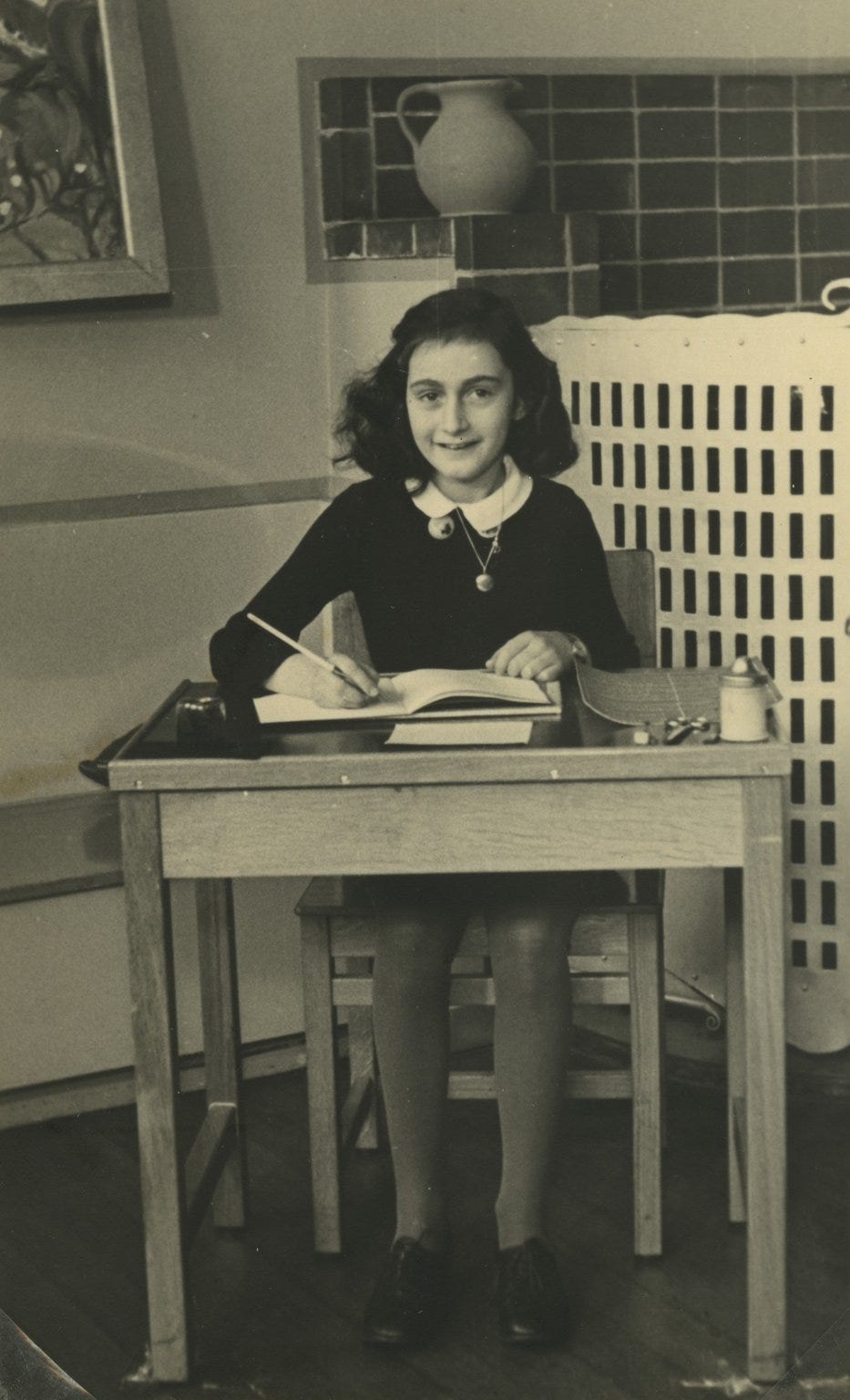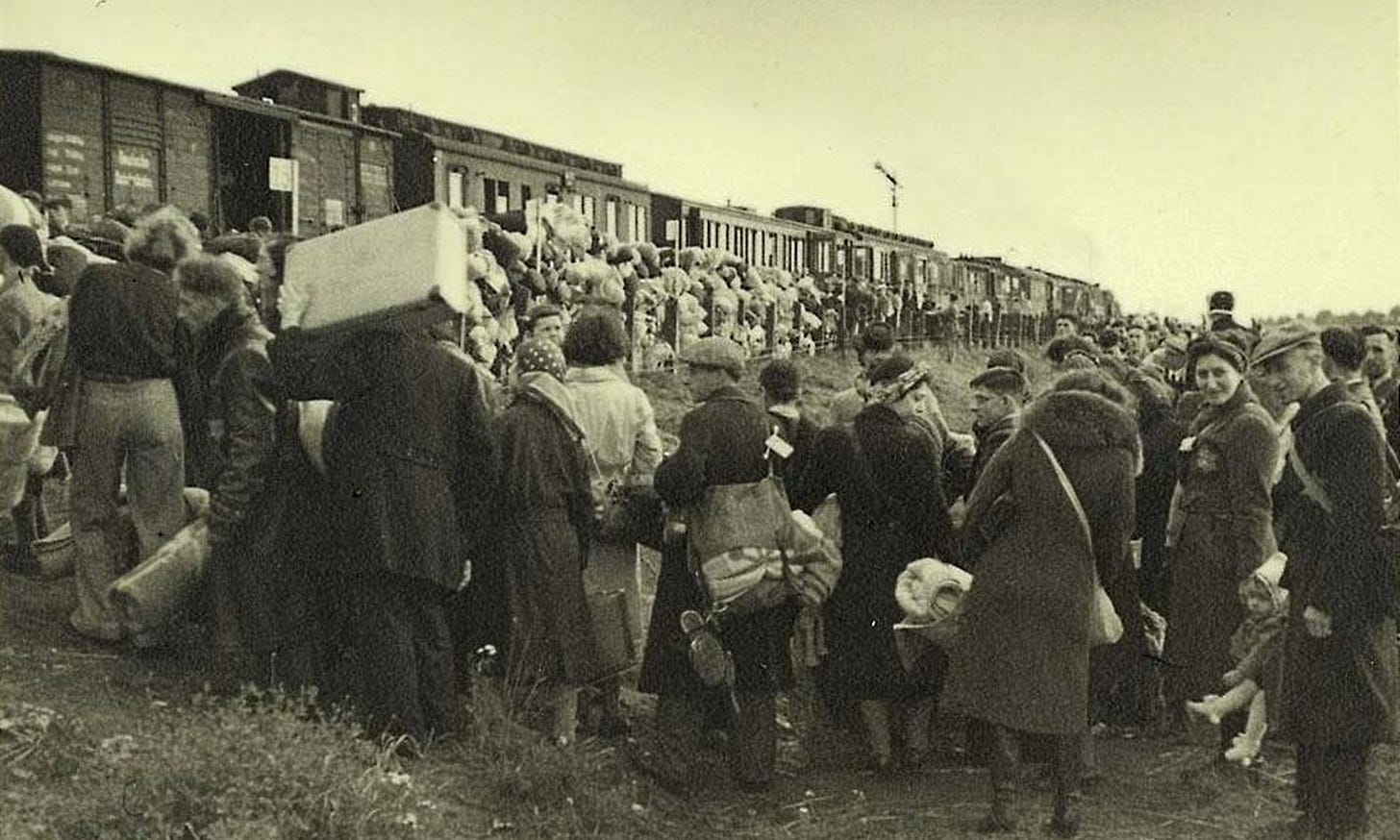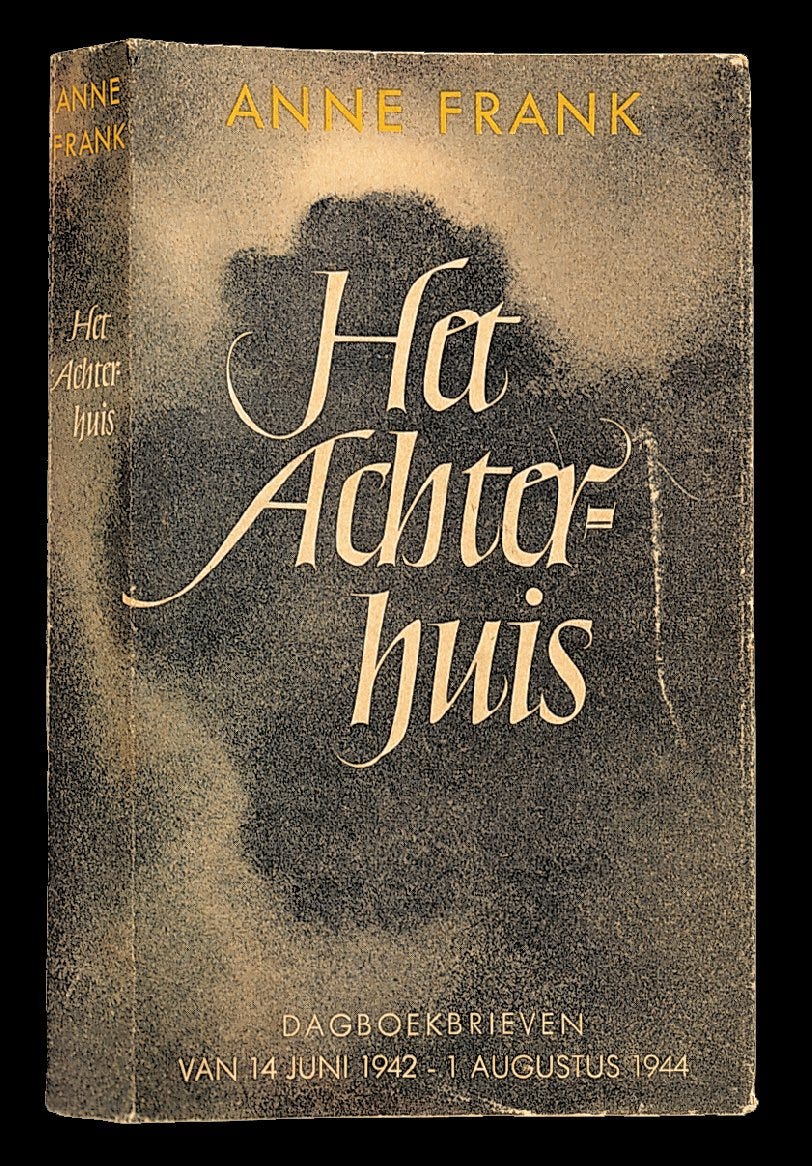Walking the streets of Amsterdam, you can’t help but notice the small brass squares on the city's sidewalks.

You can’t miss them. They are scattered all across the city.
These brass squares are called Stolpersteine, which is German for “stumbling stones”. They are part of a project that was started in 1992 by German artist Gunter Denmig to commemorate individuals killed due to being persecuted by the Nazis during the Second World War. The project’s motto is “one victim, one stone”, and the stones have been placed outside the last (freely chosen homes) of victims. Each stone carries details of the victim’s year of birth and the place and date of arrest and death. Denmig cites the teachings of the Talmud (the book of Jewish law) that:
“A person is only forgotten when his or her name is forgotten”.
The stones mostly honour Jewish victims killed as part of Hitler’s “final solution”, but have also been placed outside the homes of non-Jews who were persecuted, including the disabled, Roma minorities and homosexuals. Each stone tells a unique tale of horror and tragedy.
Considering we live a few hundred metres away from where the iconic Anne Frank and her family lived, here’s a brief commemoration of her story.
Anne Frank
Anne was born in Frankfurt, Germany in 1929 and moved to Amsterdam with her mother (Edith), father (Otto) and sister (Margot) in 1933 when Hitler and the Nazi Party came to power. The Frank family were among the 300 000 Jews who fled Germany between 1933 and 1939. In Amsterdam, they settled in an apartment in Merwedeplein in Amsterdam’s Rivierenbuurt district, along with many other Jewish-German refugees.

Not long after Hitler invaded Poland in 1939, the Nazis invaded the Netherlands on 10 May 1940. The Dutch surrendered the day after Hermann Göring’s Luftwaffe bombed the city of Rotterdam to smithereens.
If you want to dig deeper, here’s a video of life in the Netherlands during the war.
With the Nazi invasion, anti-Jewish measures were implemented. Jews could no longer visit parks, cinemas, or non-Jewish shops. Anne had to go to a separate Jewish school, and her father lost his company.

In 1942, following the call-up of Margot to report to a Nazi labour camp, the Frank family found refuge (with the help of former colleagues) in a secret annexe (“Achterhuis”) of her father’s business premises.
Just before going into hiding, Anne received a diary for her thirteenth birthday. That day she wrote:
“I hope I will be able to confide everything to you, as I have never been able to confide in anyone, and I hope you will be a great source of comfort and support.”
During her time in hiding, Anne diligently wrote in her diary, discussing her thoughts and recounting day-to-day life in hiding.

The Frank family were discovered and arrested on 4 August 1944 and sent to the Auschwitz-Birkenau concentration and extermination camp. Upon arrival, around 350 people from Anne's train were sent straight to the gas chambers and murdered, and the remainder sent to heavy forced labour.


Anne and her sister Margot were later separated from their parents and sent to Bergen-Belsen, another concentration camp, where they both died in February 1945. Anne was 15 years old. Only two months later, Bergen-Belsen was liberated by British forces on 15 April 1945.
Otto Frank, Anne’s father, was the only member of the Frank family that survived.

Two helpers found the diary Anne had left behind and shared it with Otto, who admitted that it took him a while to pluck up the strength to read it. Upon finally reading it, Otto was amazed at its contents:
“A very different Anne appeared before me from the daughter I had lost. I had no idea such had deep thoughts and feelings.”
The diary left a big impression on Otto, who also discovered how much writing had meant to Anne:
“No one who doesn’t write can know how fine it is. And if I don’t have the talent to write for newspapers or books, well then I can always go on writing for myself.” - Anne Frank
In 1947, Anne’s diary was published and named The Secret Annexe. It has since been published in over 70 languages.

More than 70 000 Stolpersteine have been laid in over 2000 towns across 24 countries, including Argentina, Austria, Belgium, France, Germany, Hungary, the Netherlands, Russia, Slovenia and Ukraine. Combined, they form the world’s largest decentralised memorial.
In the Netherlands, three-quarters of the Jewish population was murdered. The 70 000 Stolpersteine represents only a fraction of the 6 million people murdered during the holocaust by the well-orchestrated Nazi machine.
It’s difficult to comprehend how humans could have been capable of such evil. What happened is a blemish on the history of humanity. Hopefully, we learned a lesson that we will never forget.
“It’s difficult in times like these: ideals, dreams and cherished hopes rise within us, only to be crushed by grim reality. It’s a wonder I haven’t abandoned all my ideals, they seem so absurd and impractical. Yet I cling to them because I still believe, in spite of everything, that people are truly good at heart.” - Anne Frank





